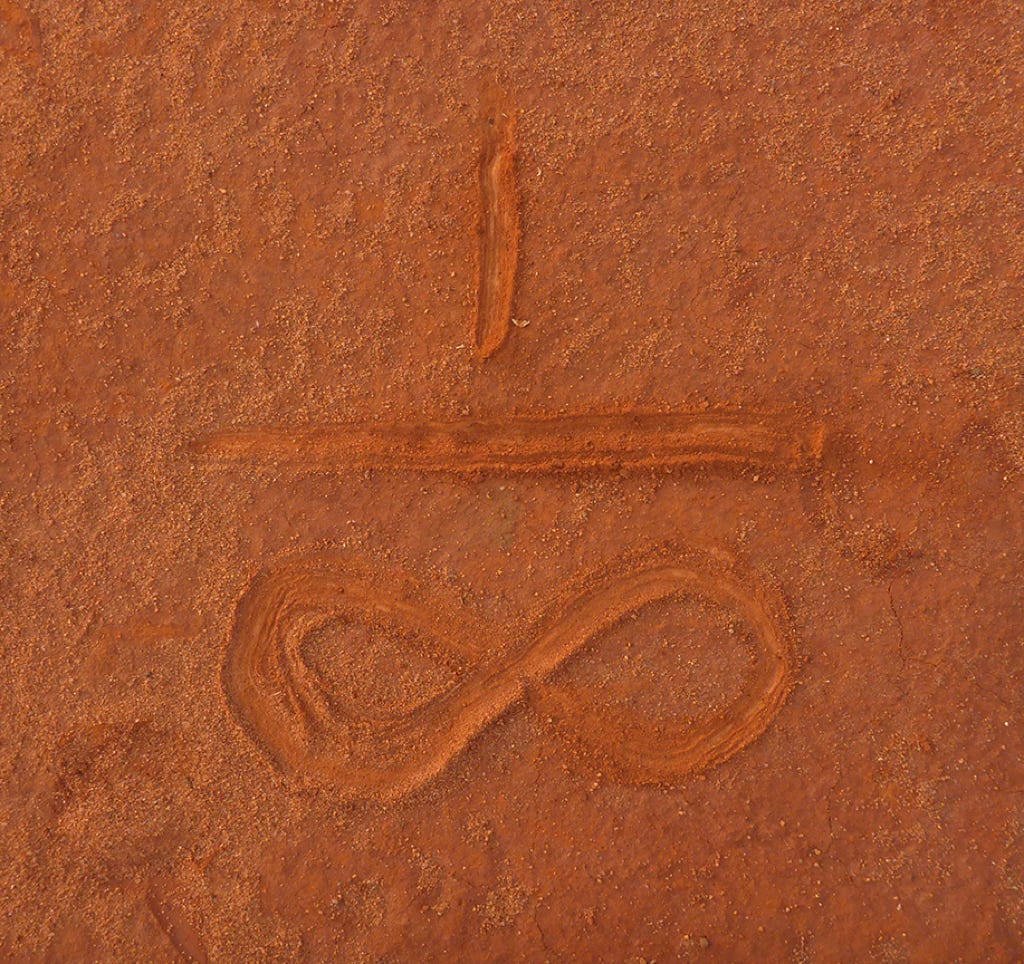26/01/2017
In this and other articles, I will be exploring exactly what it is that science is delivering. We start with some general points of a rather philosophical nature.
Science is in the business of creating and refining knowledge. It does this according to certain rules (outlined in the previous article) which give us high confidence in the resulting knowledge. Here though, I want to consider what we mean by knowledge. This applies to all knowledge, scientific or otherwise.
Knowledge is a mental phenomenon. A piece of knowledge is a symbolic mental representation of something which one considers to be a fact. Typically, a piece of knowledge is a fact about the ‘external’ world, ie. something outwith the mind itself. (Non-scientific knowledge can also relate to something about one’s own mind, though this article will not deal with this type of knowledge.)
So our knowledge is a symbolic model of the outer world. It is useful because it allows us to predict things. For example, if I am thirsty, I can go and look for water where I ‘know’ that I have found it in the past, rather than just wandering around at random till I die of thirst. So science, in creating models, is indeed creating knowledge.
There are a few things that we need to bear in mind regarding models. The first is that the model is not that which is being modelled. Our knowledge of something is not the same as the thing itself. For example, we can know quite a lot about the sun but that knowledge is a different phenomenon than the sun itself. Hopefully this is obvious!
Secondly, regarding the models which constitute our knowledge, the knowledge is distinct from our direct perception. So, I perceive a bright light in the sky whether or not I have a symbolic knowledge of the sun. Of course in writing about this, we are using words, which are themselves in the domain of symbolic knowledge. Direct perception is awareness of what our senses are detecting, before that awareness is converted into symbolic words and thoughts; before that brightness in the sense of vision is recognised as ‘the sun’.
Note that direct perception has a higher subjective truth value than any knowledge can have. My perception in the moment is irrefutable. How I translate these perceptions into symbolic form and what knowledge I associate with those symbols is something different, the details of which are dependent on my previous conditioning. The scientific method attempts to create knowledge that is common between people. However, even such objective knowledge is intrinsically less truthful, subjectively, than direct perception.
A third point about models is that, necessarily, they ignore irrelevant facts about that which is being modelled. For example, to know how snooker balls bounce off one another, I can ignore the colour of the balls, concentrating instead on the mass and relative positions and velocities of the balls. This focus on what effects behaviour is what makes knowledge useful. However, it means that specific knowledge is only useful for making certain sorts of predictions. If I want to win the snooker game, I certainly do need to take into account the colours of the balls.
This article has highlighted some general points about knowledge, points which will be relevant to later articles concerning scientific knowledge and mystery.

